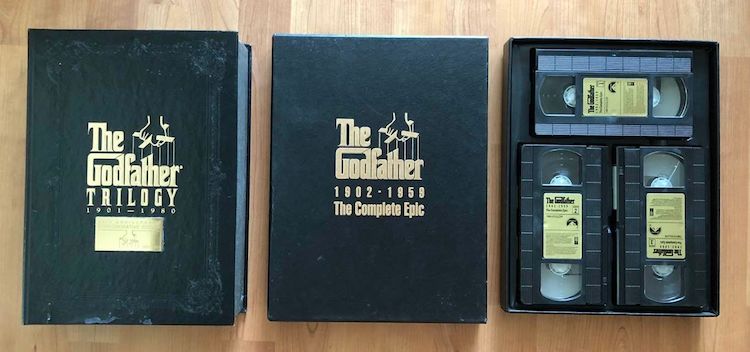The book (which accompanies an exhibition at the Barbican in London, Mangasia: Wonderlands of Asian Comics) has a foreword by Park Chan-Wook, director of Oldboy (올드보이), and begins with an illustrated manga timeline. After a brief historical introduction tracing the development of manga, from Hokusai's sketches via kamishibai, a handful of chapters explore the development of Asian comics. One chapter looks at censorship, such as shunga and the banning of Yuji Suwa's hentai (pornographic) comic Honey Room (蜜室). There are more than 800 illustrations, with captions giving the title of each comic in the script of its original language.
Unfortunately, Mangasia has no bibliography. Manga! Manga!, by Frederik L. Schodt, was the first English-language book on Japanese comics. Manga Design (revised as 100 Manga Artists), by Amano Masanao and Julius Wiedemann, profiles the most significant mangaka (manga artists). Comics: A Global History, by Dan Mazur and Alexander Danner, is an international history of comics from 1968 onwards. The World Encyclopedia of Comics, by Maurice Horn, features biographies of hundreds of comic artists. Comics, Comix, and Graphic Novels, by Roger Sabin, is an introduction to the entire field of comic art.







